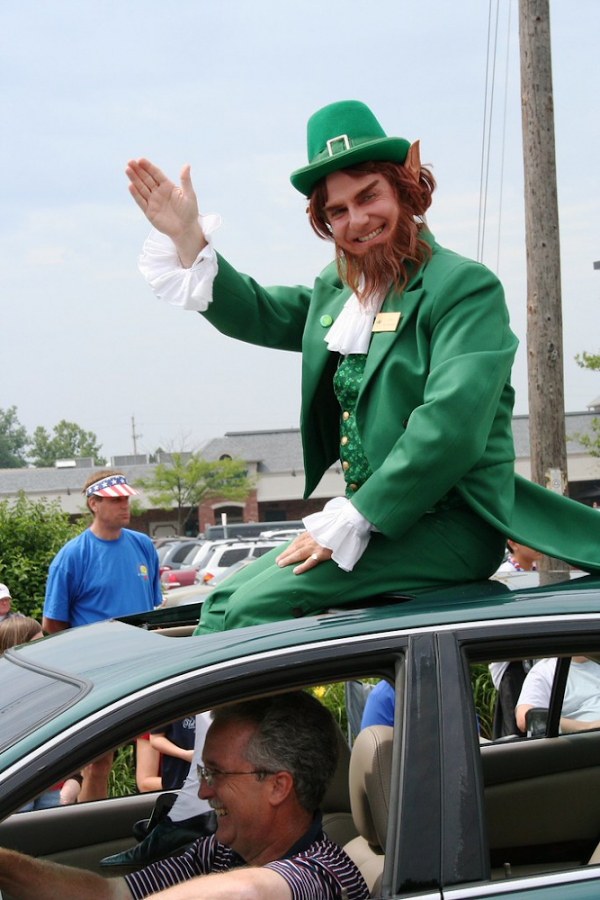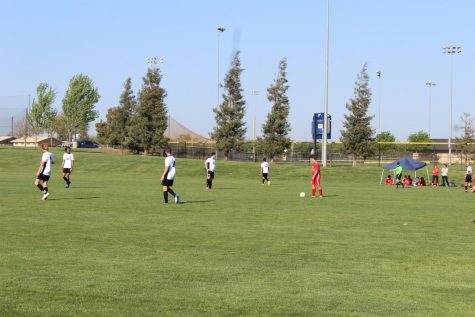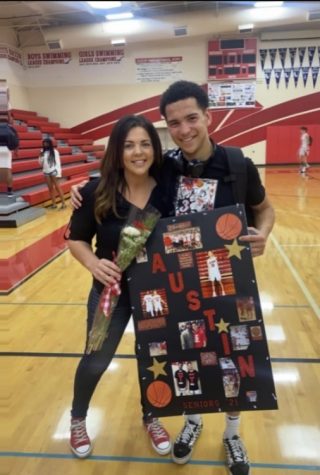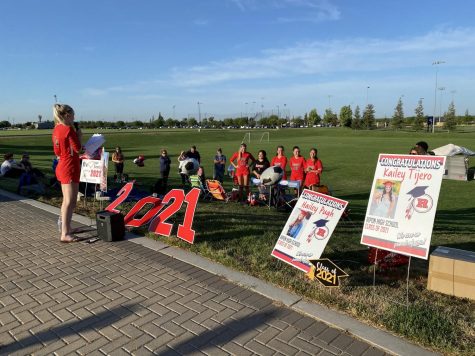The Little Irish People
St. Patrick’s Day is here, which means shamrocks, the color green, pots of gold, and leprechauns. These little men have been a part of St. Patrick’s day celebrations for years, but where did they come from and how did they become popular? Leprechauns have an amazing history behind them.
Leprechauns have come from Celtic and Irish folklore, which has been shared around the world. Different companies have taken on interpreting leprechauns, which changed the look of the small fairies. Leprechauns just recently have been associated with the holiday.
“Lugh was originally the god of sun and light, and then he became a great warrior ruler of ancient Ireland. Lugh thus becomes a sort of fairy craftsman, from there, Lugh became ‘Leprechaun’, the fairy of Irish folklore,” stated Mark Cartwright in “Leprechaun.”
Leprechauns are now known for being short, solitary, shoemakers. They wear green or red and are typically old, wrinkled, and ugly. These tiny creatures have great agility with a sour temper.
“In 1959, Walt Disney released a film called Darby O’Gill and the Little People, which was about an old Irish man and his experiences with magical leprechauns,” said Emily VanSchmus in “This is Why Leprechauns are Associated with St. Patrick’s Day”.
The movie was released around St. Patrick’s Day with the version of the leprechaun that is popular today. This started the tradition of leprechauns in parades, parties, and other celebrations in the United States. Modern images of these magical male fairies have become a normal part of St. Patrick’s Day due to American viewers of the Disney movie.
“As with many old legends and traditions, the image and nature of the leprechaun has changed over time and has been updated for a modern audience,” noted Benjamin Radford in “Leprechauns : Facts About the Irish Trickster Fairy.”

Annie Wild is a senior at Ripon High School. She runs on the school's cross country and track teams. Wild is taking journalism to improve her writing style...





